Walk This Way – Metrorail’s Walkshed Atlas 1.0
Station-area walkability is one of the most potent congestion-busting tools in the planner’s bag of tricks. Now we’ve mapped out in detail which stations are living up to their full potential – and where we need to redouble our efforts.
We’ve brought to you information about the power of station area walkability. Not only does better station access give mobility benefits to those who most need it, but it also boosts ridership and revenue and therefore lowers Metrorail’s operating subsidy. That means lower taxes for you and me.
Metro’s Office of Planning is wiring the science of walkability into WMATA’s Key Performance Indicators. We are committed to working with our partner jurisdictions to improving station area access and identifying the near-term and low-cost improvements that have big returns for ridership and revenue. And we have been working diligently to develop a comprehensive geodatabase of walk sheds and the land uses – existing, planned, and proposed – located within them.
Example walk shed, extracted from the Walk Shed Atlas.
We’re also happy to release for the first time a comprehensive atlas of Metrorail walk sheds that includes some of the data that the Office of Planning uses to calculate ridership potential and evaluate investment needs. You’ll notice that each station area has a unique “footprint” and that in almost every case, the walkshed footprint is related to the overall performance of the station (as defined by all-day boardings).
A few notes here: Read more…

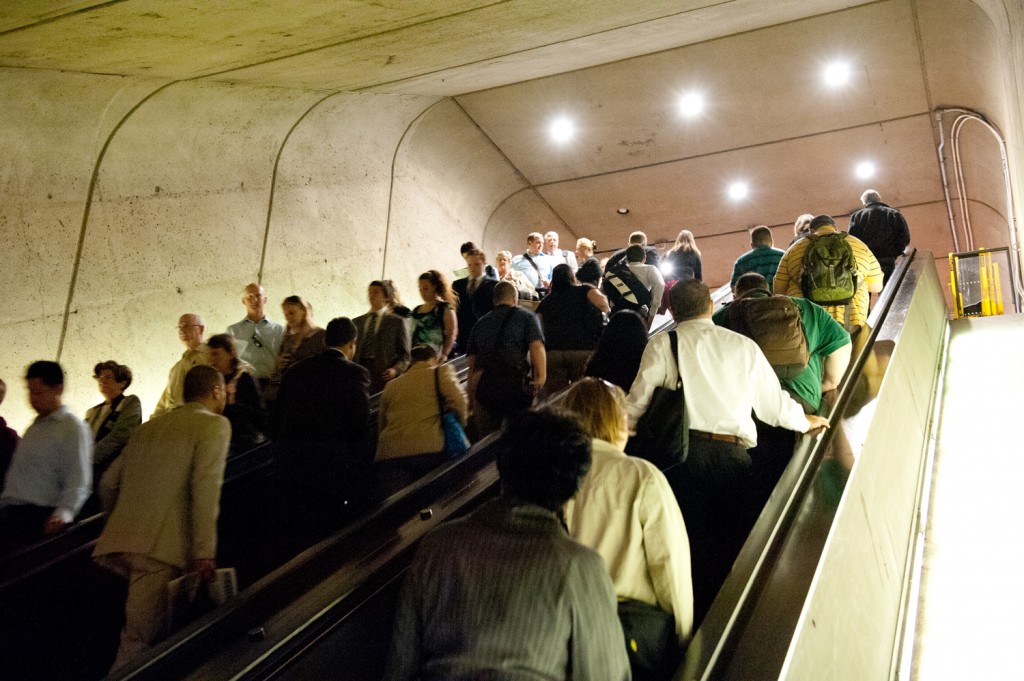
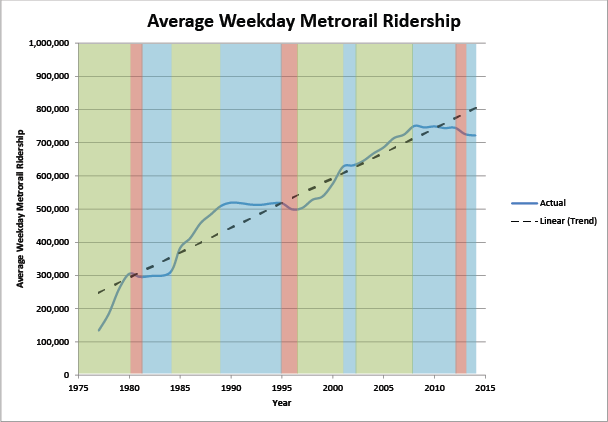




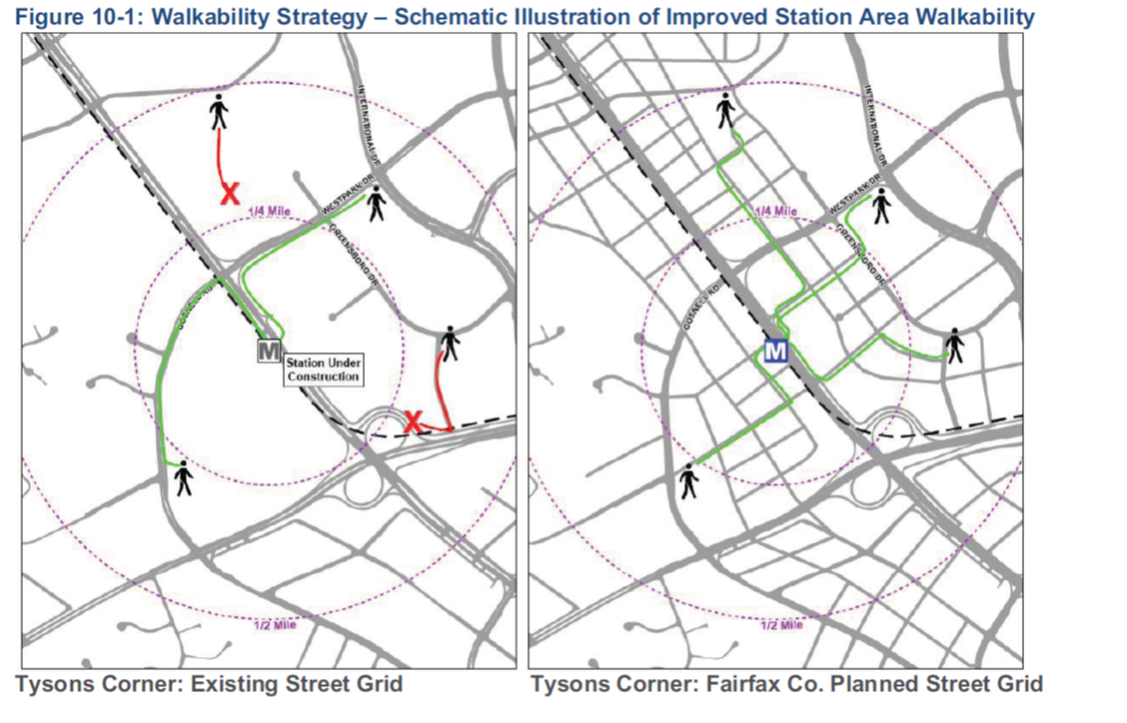


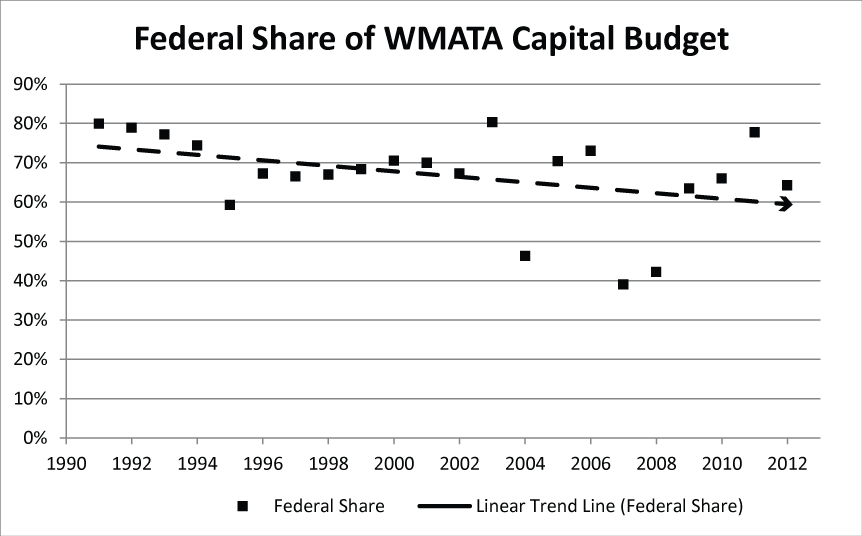
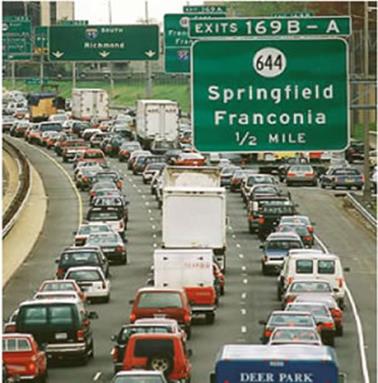
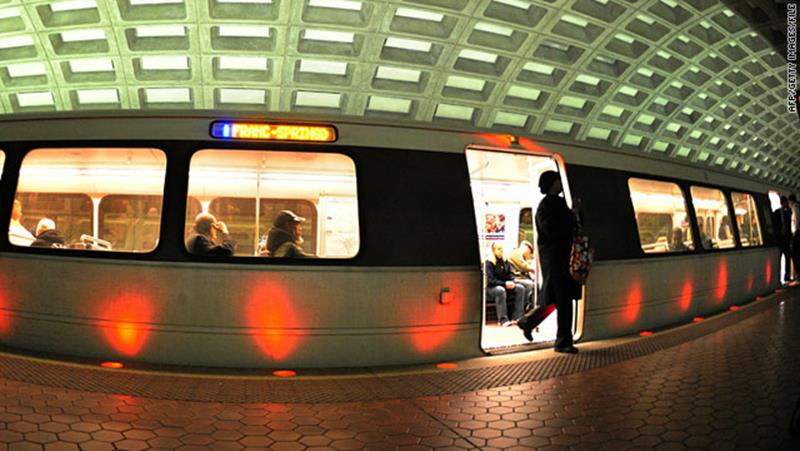

Recent Comments